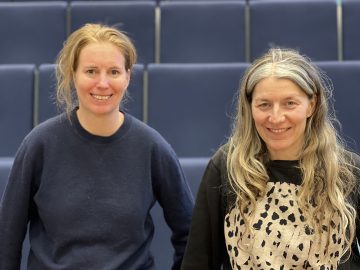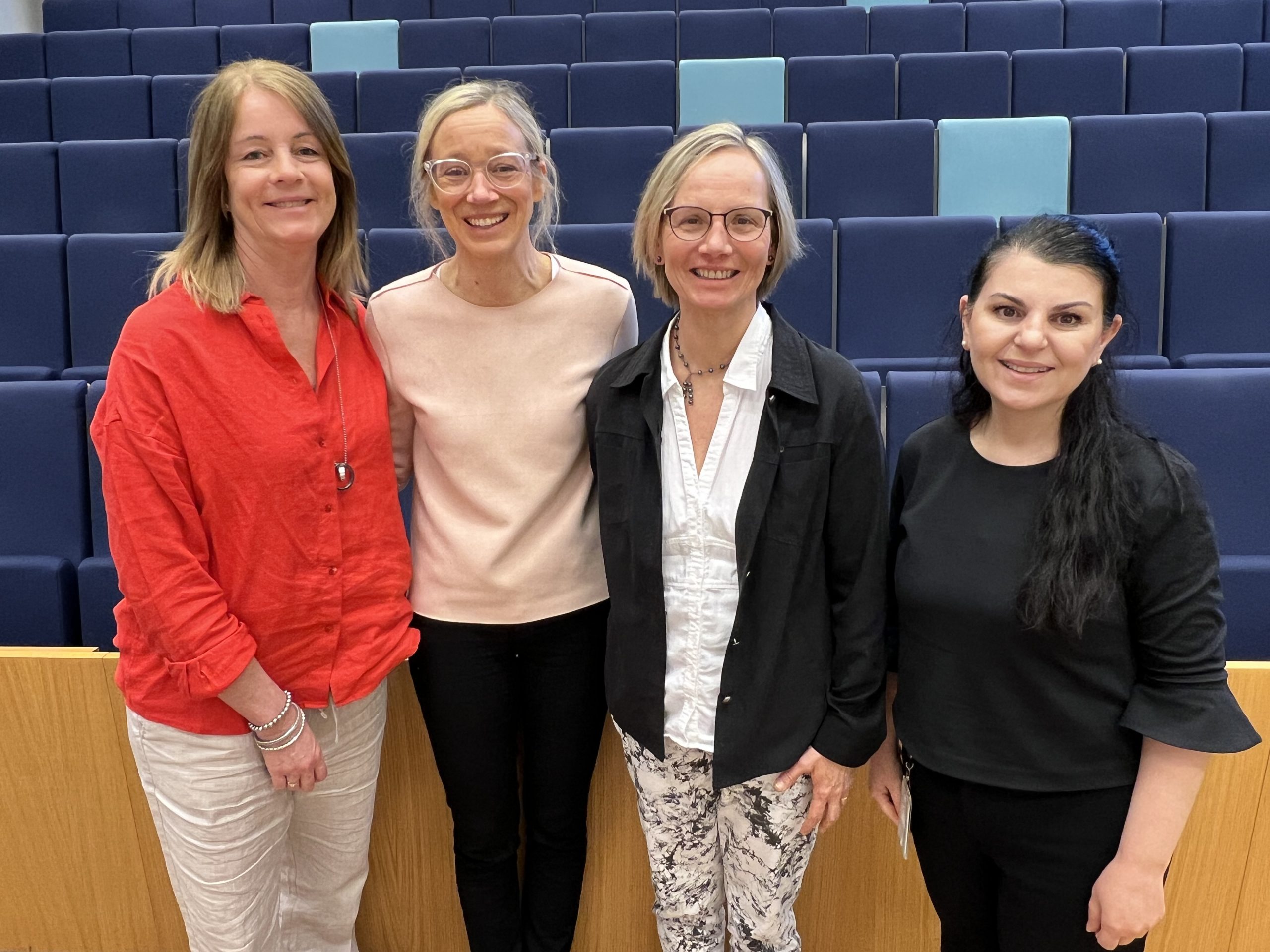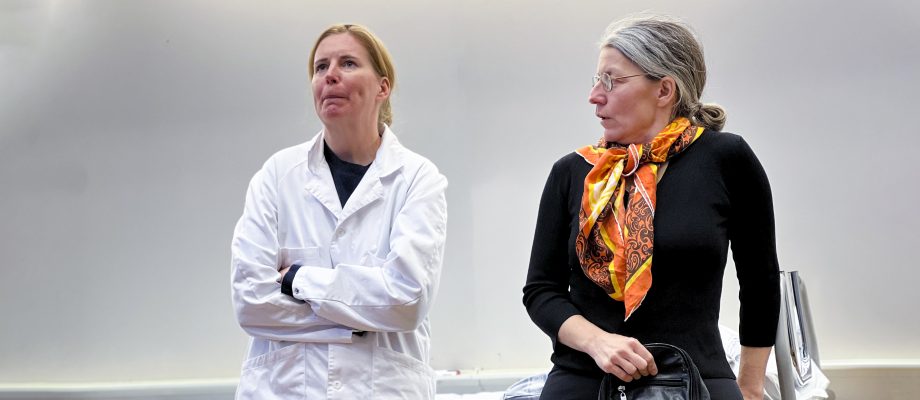EDUCATION. Another class of medical students has now had the opportunity to test their future professional role through the forum role-playing game “Klädd i vitt” (*Dressed in White*). In the second semester, talented actors give students the opportunity to experience the role of a doctor and test interactions with different patients.
The forum game is part of the Early Professional Contact (TYK) course, which has long been offered by a team of teachers at the School of Public Health and Community Medicine. The course highlights topical problems in communication and interactions in the medical care system, especially from the patient’s perspective. The forum game is usually one of the most popular components of the course.

Experiencing and learning
“Students benefit a great deal by experiencing this role-playing,” says Dominique Hange, the course coordinator for TYK.

“They experience through their senses, emotions, and body language. They experience what it can be like to be a doctor and are exposed to examples that they can then practice in real life.”
The play “Dressed in White” was written by Lisa Östborn on behalf of the patient ombudsman at Karolinska University Hospital. It is based on her collective experience with common complaints from patients. Östborn performs the play together with fellow actor Louise Löwenberg.
The actors start by presenting the play in its entirety: the older woman with many ailments and many questions; the confident, young man with a headache; the efficient doctor with authority; the woman waiting to find out if she has cancer or not.
Difficult in practice
During the break, the medical students discuss what they have seen in small groups. How would they deal with the situations they have just witnessed on stage?

“It entices a lot of emotions. I can empathize with both the doctor and the patient and understand their frustrations. Figuring out how the doctor should have acted is easy in theory, but in reality it isn’t so easy,” says Amanda Wahlberg.
“Different patients have different needs. A doctor needs to deal with them professionally, but sometimes this can go awry,” says Elin Viksten.
“The authority of the doctor in relation to the patient became very clear in several of the scenes. It can be difficult to find a good balance in which the doctor maintains a professional approach and the patient is still in focus,” Julius Ahlgren reflects.
Interaction with the patient
After the break, medical students have the chance to meet some of the patients on stage. Many welcome the challenge, and they are also clearly moved by the experience.

“Even for those who do not appear on stage, it is a completely different experience to see a fellow student trying to deal with the patient,” says Lisa Östborn. Her acting colleague Louise Löwenberg agrees: “They will see that there is a difference between having an idea and trying to implement it in interaction with a patient who does not respond exactly as you intended.”
“That the actors also stay in their roles after the student has tried to act out the situation also lets them ask the patient about how felt about their treatment,” says Dominique Hange.
Louise Löwenberg and Lisa Östborn have been working with the “Dressed in White” play since 2005, including on assignments from medical schools in Uppsala and Stockholm. They have worked with the medical program in Gothenburg since 2007, with a few years break from time to time.
To contact the actors behind “Dressed in White,” send an e-mail to: louiselowenberg@gmail.com or lisa_ostborn@hotmail.com.
BY: ELIN LINDSTRÖM












